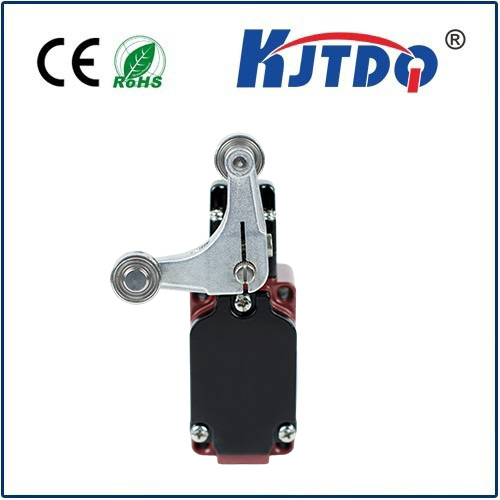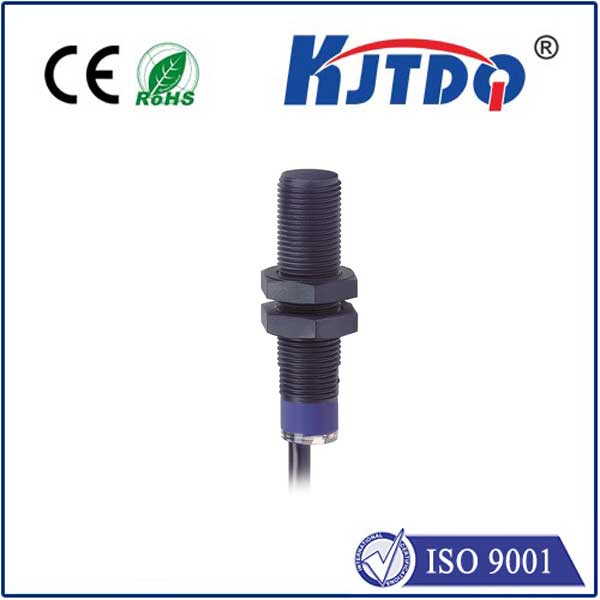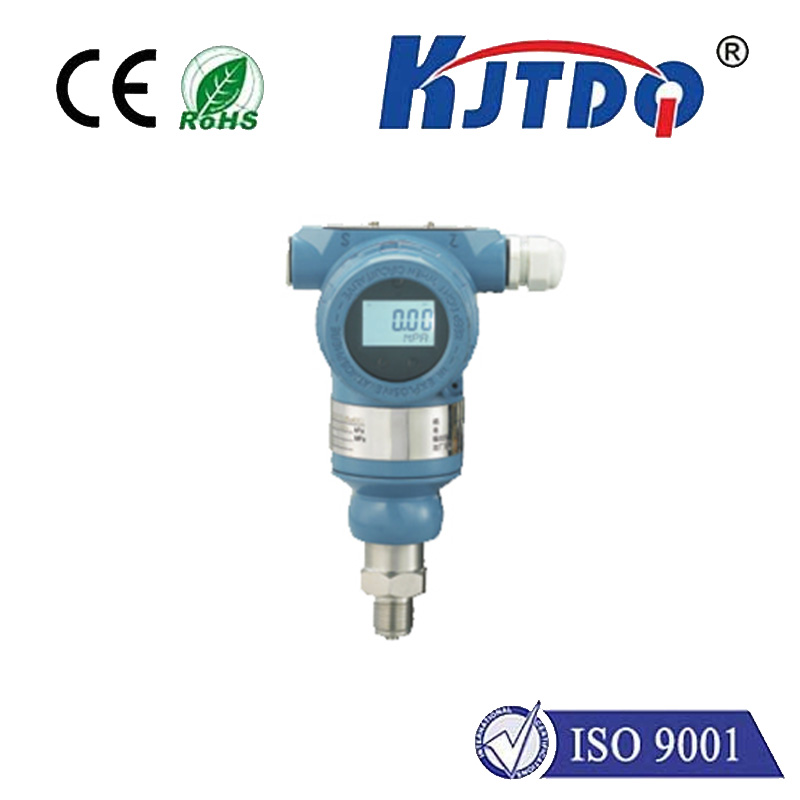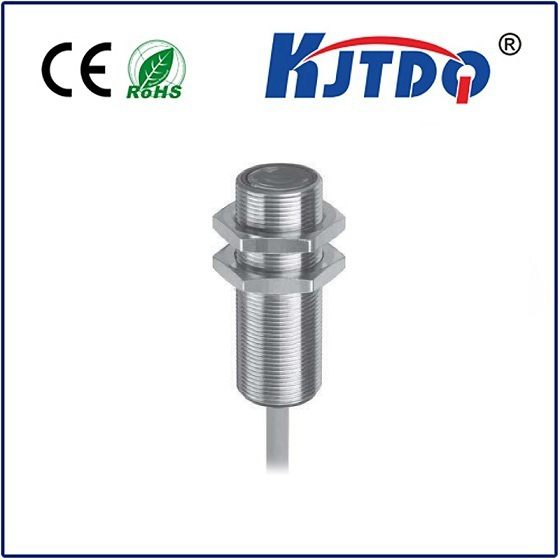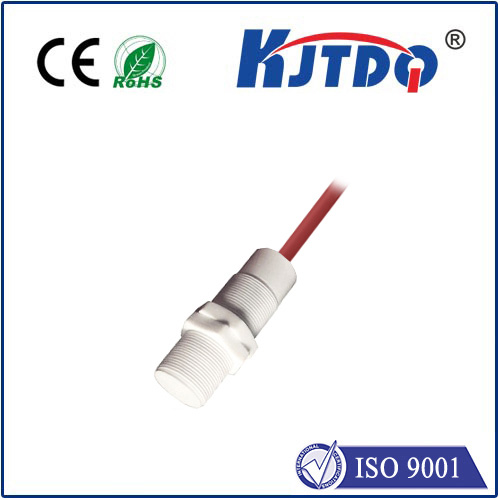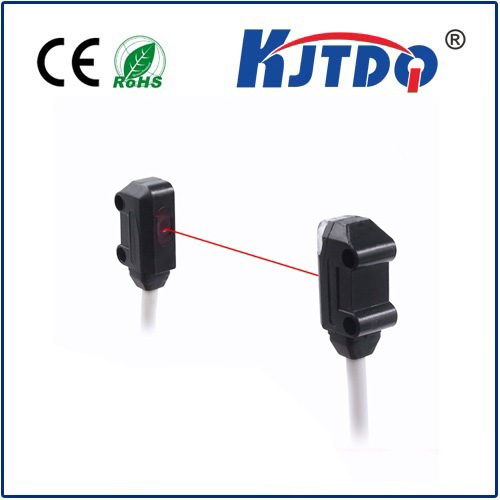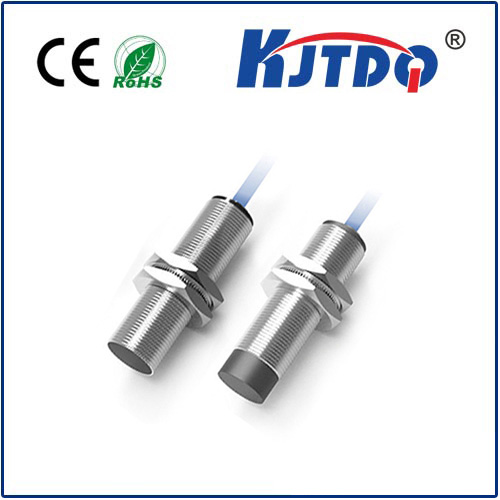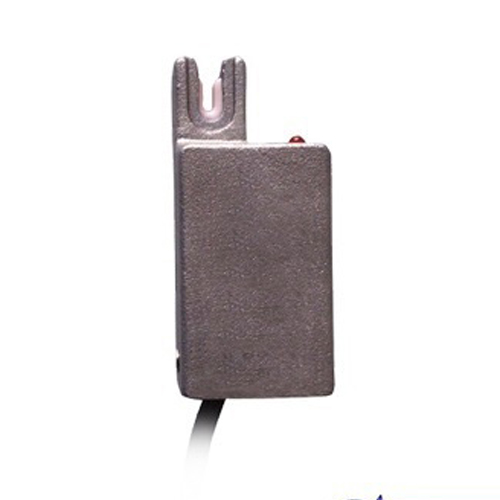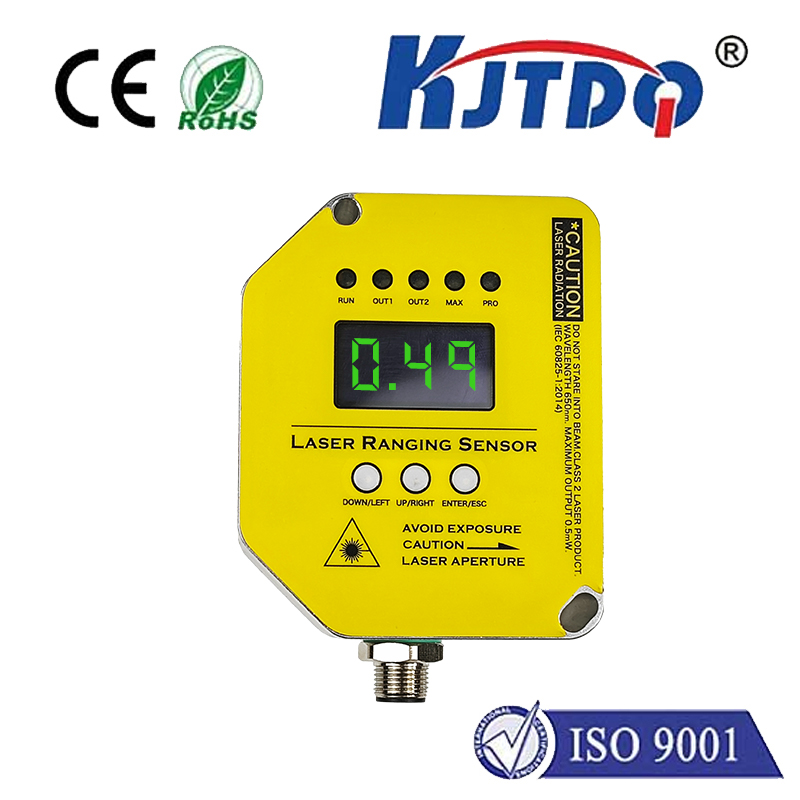Фотоэлектрический переключатель Hemco
- time:2025-07-25 01:11:24
- Нажмите:0
HEMCO Photoelectric Switches: The Unseen Guardians of Smooth Industrial Operations
Imagine a high-speed packaging line where bottles zip along a conveyor. Suddenly, one falls over. Without an instant, automatic response, chaos ensues – jams, product waste, costly downtime. Preventing such scenarios is where HEMCO photoelectric switches step in, acting as the critical eyes of countless automated systems worldwide. These robust and reliable sensors are fundamental components, ensuring precision, safety, and efficiency across diverse industrial landscapes.
Demystifying the Photoelectric Principle
At its core, a photoelectric switch, or sensor, operates on a beautifully simple principle: light and its interaction with objects. It consists minimally of an emitter (producing a light beam, often infrared or visible red LED, or laser for precision) and a receiver (detecting the light’s presence or absence). When an object interrupts or reflects this beam, it triggers a change in the sensor’s output state, signaling the control system (like a PLC) that an object is present, absent, or at a specific position.
HEMCO manufactures a comprehensive range of these vital sensors, designed to excel in demanding environments. Their portfolio caters to various detection needs:

- Through-Beam Sensors: The undisputed champions of long-range detection and high reliability. The emitter and receiver are separate units positioned opposite each other. Detection occurs when an object physically breaks the light beam between them. This method offers superior accuracy and resistance to environmental interference like dust or target color variations, making HHEMCO through-beam sensors ideal for harsh factories and warehousing.
- Retro-Reflective Sensors: Here, emitter and receiver are housed in a single unit. They project light towards a specially designed retroreflector (like a prismatic mirror tape). The light beam bounces directly back to the receiver. Detection happens when an object interrupts this reflected beam. HEMCO retro-reflective switches provide a cost-effective solution for medium-range applications and are simpler to install and align than through-beam setups, though performance can be affected by highly reflective or dark objects.
- Diffuse Reflective Sensors: Also integrating emitter and receiver in one housing. The sensor relies on light diffusing (scattering) off the surface of the target object itself back to the receiver. Detection is based on the intensity of this reflected light. These HEMCO sensors excel where space is limited and detecting objects close to the sensor is essential. Their performance, however, is significantly influenced by the target object’s color, surface texture, and reflectivity, requiring careful selection.
Why HEMCO Photoelectric Switches Stand Out
While the fundamental principles are universal, HEMCO differentiates its photoelectric sensors through engineering excellence and robust design tailored for industrial endurance:
- Unmatched Durability: Constructed with high-grade materials and featuring excellent IP (Ingress Protection) ratings (like IP67, IP69K), HEMCO switches withstand factory-floor realities – dust, moisture, oil spray, vibration, and temperature fluctuations. They are built to last.
- Extended Sensing Ranges: Whether it’s monitoring the fill level in a large silo or detecting packages on a wide conveyor, many HEMCO models offer exceptional sensing distances, providing flexibility in system design. Their laser sensors push the boundaries of precision and range.
- Superior Reliability & Stability: Consistent, accurate detection is paramount. HEMCO invests in precise optics and advanced electronics to minimize false triggers and ensure stable operation over long periods, even in challenging conditions. Downtime reduction is a core benefit.
- Simplified Installation & Alignment: Features like bright visible beams (often red LED or laser) for easy targeting, intuitive adjustment mechanisms, and clear status indicators make HEMCO photoelectric sensors engineer and technician-friendly, reducing setup time and maintenance hassles.
- Versatile Output Options: Compatible with various industrial control systems, HEMCO sensors typically offer standard output types like PNP, NPN, or relay contacts, ensuring seamless integration into existing automation infrastructure.
- Innovative Features: Look for advanced capabilities in specific HEMCO models, such as background suppression technology (ignoring objects beyond a preset distance), teach-in functionality for quick setup adjustments, and enhanced resistance to ambient light interference.
Key Industrial Applications: Where HEMCO Shines
The versatility of HEMCO photoelectric sensors makes them indispensable across a vast array of sectors:
- Packaging & Bottling: Detecting presence/absence of bottles, cans, cartons; monitoring fill levels; verifying cap placement; counting products; controlling conveyor starts/stops. Accuracy here prevents jams and ensures quality.
- Material Handling & Logistics: Detecting pallets, totes, and boxes on conveyors; triggering sorting gates; managing warehouse shuttle systems; monitoring stock positions within racks. Reliable detection maintains flow in distribution centers.
- Automotive Manufacturing: Verifying part presence on assembly lines; confirming robot tooling positions; detecting vehicle bodies in paint shops; monitoring component dispensing. HEMCO sensors ensure precision in high-tolerance processes.
- Food & Beverage Processing: Monitoring ingredient levels in hoppers; detecting packaging film breaks; counting items entering processing machines; verifying container sealing. Hygienic designs and robust IP ratings are crucial here.
- Machinery Safety: Used in light curtains and safety systems to detect personnel entry into hazardous zones, triggering machine stops (though specific safety-rated components are essential for these critical functions).
- Printing & Converting: Register mark detection for precise color alignment; detecting web breaks or splices; monitoring paper sheet feed; verifying stack height. High-speed, reliable sensing maintains print quality.
Selecting the Right HEMCO Photoelectric Switch: Key Considerations
Choosing the optimal sensor involves evaluating the application specifics:
- Detection Task: Presence, absence, position, level, counting?
- Detection Method: Which type (Through-Beam, Retro-Reflective, Diffuse) best suits the object characteristics, mounting constraints, and environmental conditions?
- Sensing Range: What distance must the sensor reliably cover?
- Target Object: Size, color, material, surface finish (shiny, matte). Diffuse sensors are highly sensitive to these properties.
- Environmental Factors: Dust level, moisture, temperature extremes, vibration, potential chemical exposure? IP rating is critical.
- Output Requirement: What signal type (PNP, NPN, relay) does the control system need?
- Mounting & Alignment: Space constraints? Need for easy adjustability?
- Special Features: Background suppression, teach-in, resistance to ambient light?
By carefully assessing these factors, engineers can leverage the extensive HEMCO photoelectric switch range to implement robust, efficient, and cost-effective automation solutions. These sensors, often unnoticed, perform the vital task of “seeing” for the machine, ensuring seamless operation, safeguarding quality, maximizing uptime, and driving productivity in our increasingly automated world. They are truly the reliable, unseen guardians keeping industrial processes running smoothly.

